
The mysterious role of perceived quality in car design
The science of perceived quality ensures a product materialises as intended
Have you ever been enamoured by a car online only to be disappointed when seeing it in the metal? Perhaps the paint finish was off, body panels were misaligned or the interior just felt a little off – scratchy, creaky or even smells funky.
While there is plenty more to it, an experienced perceived quality (PQ) expert will ensure scenarios like this do not happen. They do this by working across multiple departments spanning design, manufacturing, marketing, R&D, product planning and even aftersales. It is difficult to pin down exactly where they sit but one thing is clear: there is a passion for excellence and ensuring that hard work done at the studio and beyond does not go to waste.
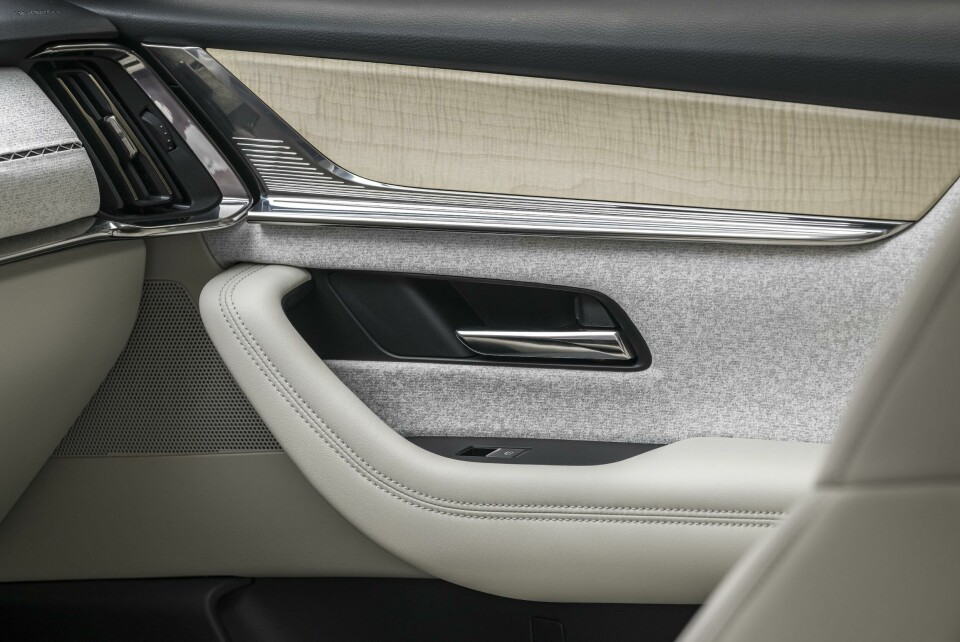
Car design is often referred to as an artform, while perceived quality is generally considered a science. “It’s two different schools of thoughts and methodologies,” says Kostas Stylidis, an independent researcher who has become one of the foremost voices on perceived quality. In fact, he literally wrote the book on it and more recently through his company Intended Future has been exploring how data can play a bigger role in the field.
The challenge is that design is naturally subjective and one car could have polarising effects on different customers depending on region, culture, values or any multitude of reasons. “The only way to deal with this subjectivity is try to bring a little bit of science,” continues Stylidis, “and we call that approach data-informed design.”
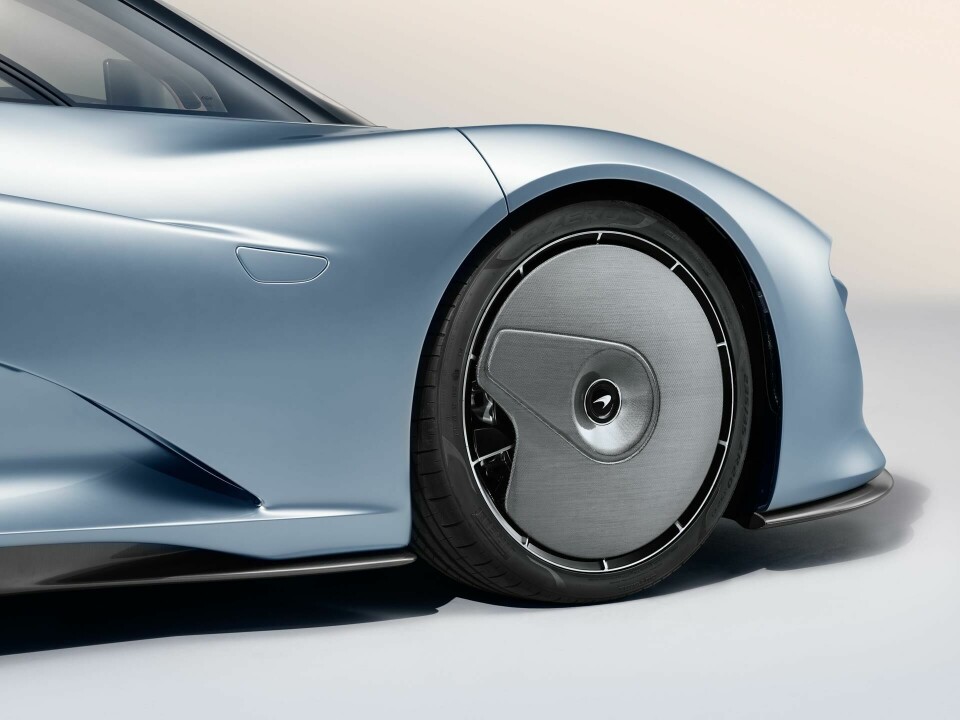
This way of thinking resonates well with Madalina Marcu, head of product quality at McLaren. “I’m a computer science engineer by trade; I had nothing to do with automotive,” Marcu explains, “but I am so passionate about percieved quality.”
The data does not dictate what you do, it just gives you a direction on where to focus
Having started the PQ department at Renault and then honing her skills further at JLR, she moved to McLaren and now manages a team of four PQ experts. “For me, perceived quality is a very broad and fast term and it can be implemented very differently from one product to another. In automotive, there is a big emphasis on gap and flush; if I were to judge it from my previous role, probably 80% of the activity is around gap and flush.”
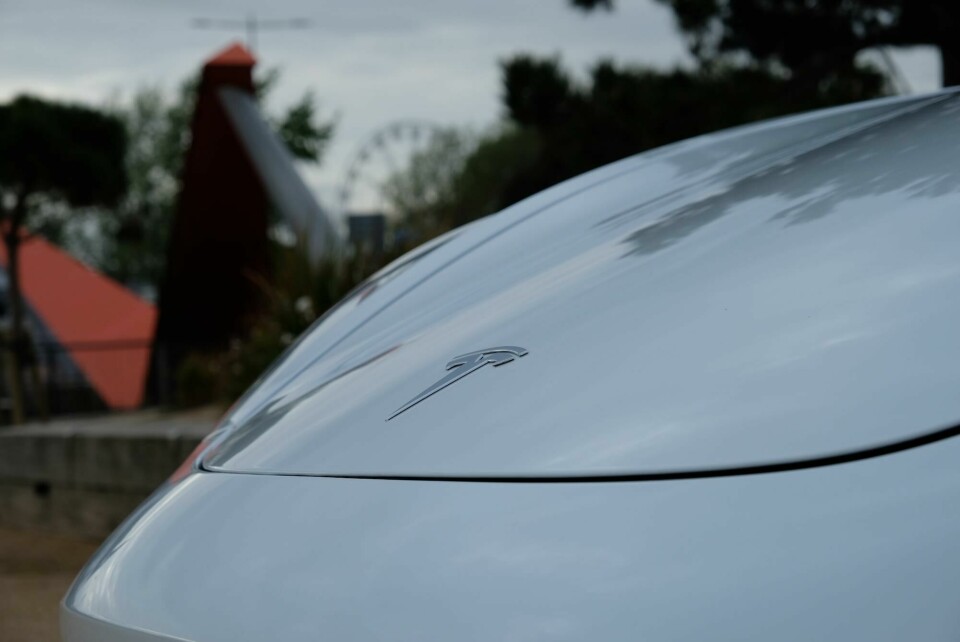
One thing that isn’t subjective is obviously poor build quality, recognised not necessarily by gaping chasms between body panels but more so by a lack of consistency from model to model. Anecdotally, Tesla has been namedropped multiple times during research for this article, with early examples of the Model 3 particularly problematic. But in the same breath, the brand has been applauded for learning as it went and making gradual improvements to both fit and finish. On that particular model, anyway.
Panel gaps aside, there are slightly more nebulous areas of investigation that can have a real impact on perceived quality. And by all accounts, this field of work is still a little misunderstood even within an organisation. “I find people that still don’t fully get what I do despite the fact we’ve been working together for years,” notes Corentin Cheminot, technical specialist, perceived quality & craftsmanship at Lucid. “People aren’t aware that we look at smell or the haptics of a material. They often just say ‘oh, I thought you were just doing gap and flush’.”
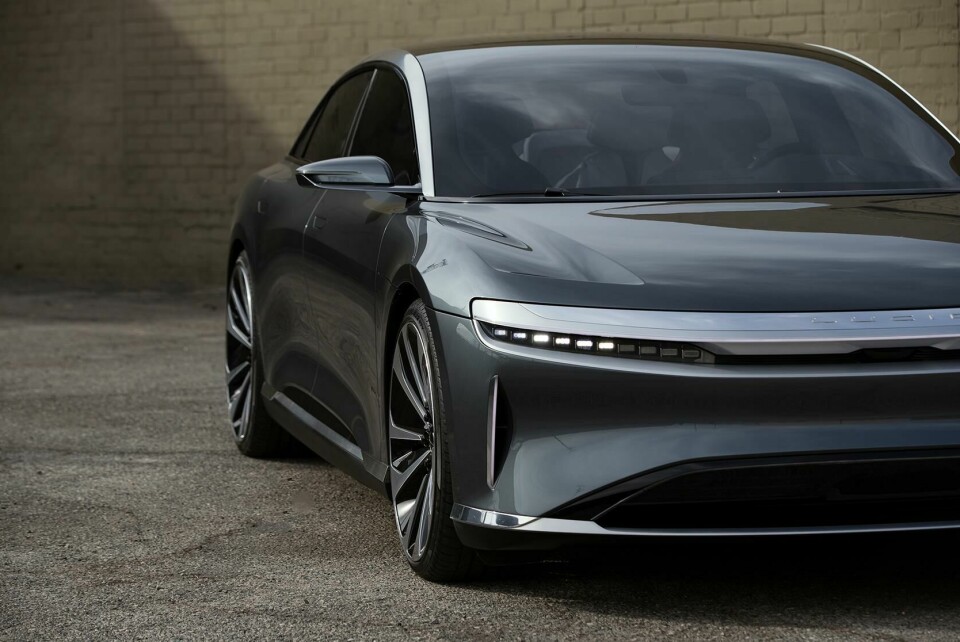
It can lead to some interesting conversations, particularly with experts from other departments. “If I am looking at sound, for example, I will have someone from the NVH team saying ‘what are you going to tell me? I am the expert.’ But it’s not a fight, it’s a conversation: I’m here to represent the customer and say, that one sounds premium, or that one doesn’t sound premium, based on our understanding of the customer.”
Indeed, the scope of perceived quality goes as wide as investigating certain silhouettes, front masks and light signatures, and whether they deliver the intended “feel” the brand is going for. “For example, you might have data which suggests a silhouette with longer rear overhangs is seen in China as being more premium,” says Stylidis. “But the data does not dictate what you do, it’s just there on the table together with pencil and the paper. It gives you a direction on where to focus.”
You can see how it is difficult to say exactly which department the perceived quality expert is aligned with. There is a mix of design, product planning and engineering going on.
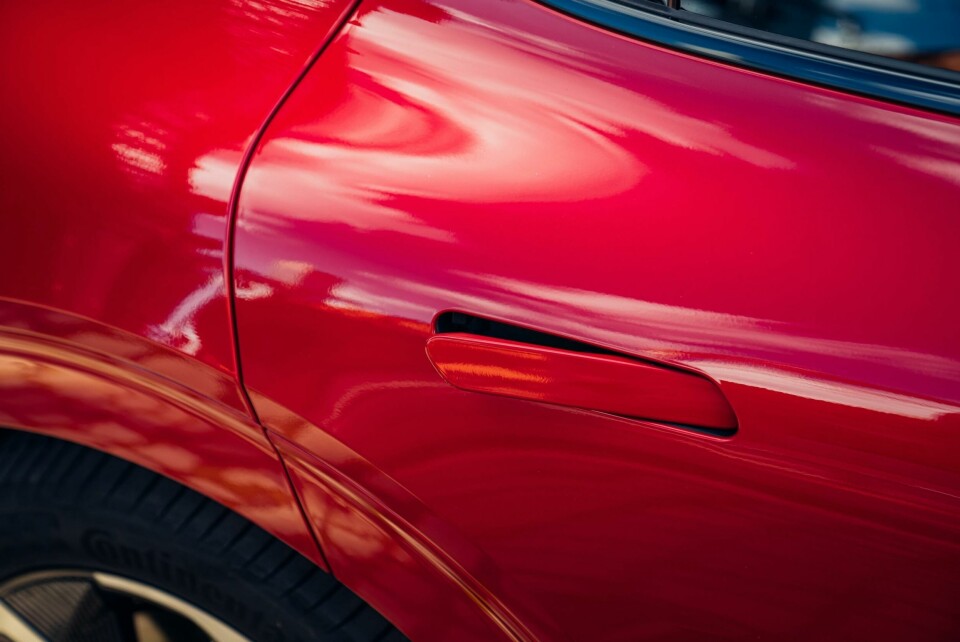
So, when does PQ actually get involved? Generally speaking, as soon as there is something concrete to work with and design input begins. The benefit is that it provides an added layer of objectivity.
“Let’s say you’re designing a centre console,” says Stylidis. “You will eventually need to decide whether there is a wider gap between parts or should you have overflows. These decisions are made regularly during the design review, but unfortunately, are often made subjectively. Data can help designers in these discussions because we can say that, ‘based on the large statistical data, the gap will be noticed first, and the flushness is not as big a problem.”
Doing this earlier on, and throughout the design process, reduces the frequency of “fixes” as the car nears production. A mantra of: the data says you should probably do this because it will have a better outcome.

“We sit in the design studio so when a car is designed, my team and I are literally there,” says McLaren’s Marcu. “It’s not to supervise, it’s to give guidance as the voice of the customer. We are empowered to set these targets but if something does not align with the designer’s aspiration, we go back to the drawing board and work collaboratively to achieve the right design while mitigating any risks.”
PQ describes the impression of excellence that a customer experiences
There is plenty of back and forth and the life of a perceived quality expert is not spent in one particular silo. “Sometimes it’s about translating a design vision into an engineering requirement, and then re-translating that explain why an engineer is pushing back on the proposed design,” Cheminot continues. “It’s like switching between a designer brain and an engineering brain, but always with the customer in mind.”
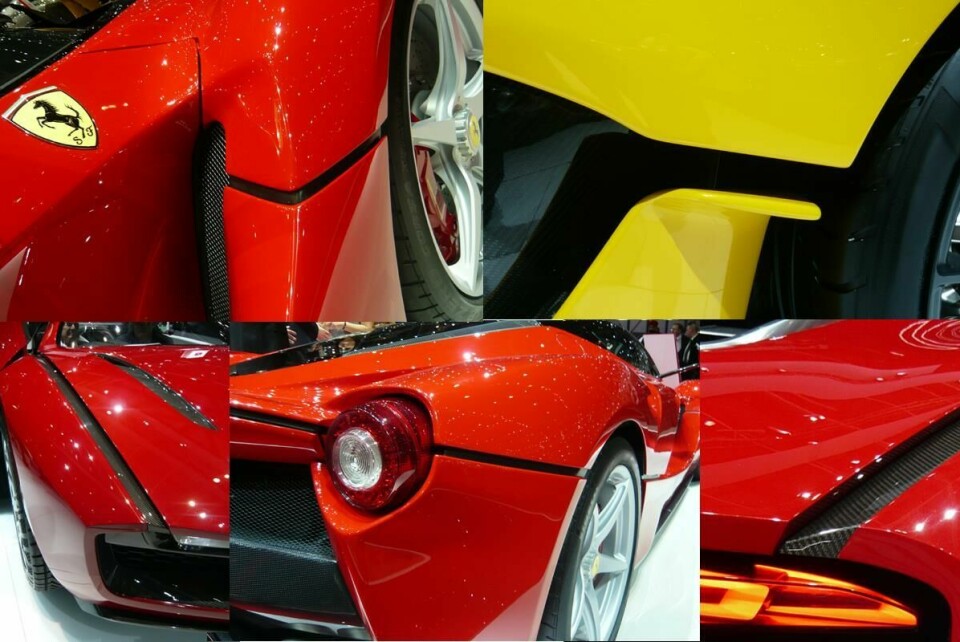
Pierre Authier, chief design officer at Technicon Design, is of a similar opinion. “We put ourselves in the consumer’s shoes and assess the car,” he says, “looking at visual aspects, onboard technologies, the touch and feel, even the sound of slammed doors.”
It is worth highlighting that perceived quality is just one term and different brands often have their own interpretation, be it design execution, design quality, appearance quality or simply ‘craftsmanship’. There are different strains. “Craftsmanship is a good term because it tells you the story of the engineering and the attention to detail,” notes Lucid’s Cheminot, “but it doesn’t paint the full picture.”
At Nissan Design Europe, David Mason (currently director of design operations) previously handed ‘production quality and design execution’. He explains that this field “encompasses everything from market intelligence, product planning, understanding customers, and then translating that into a product.”
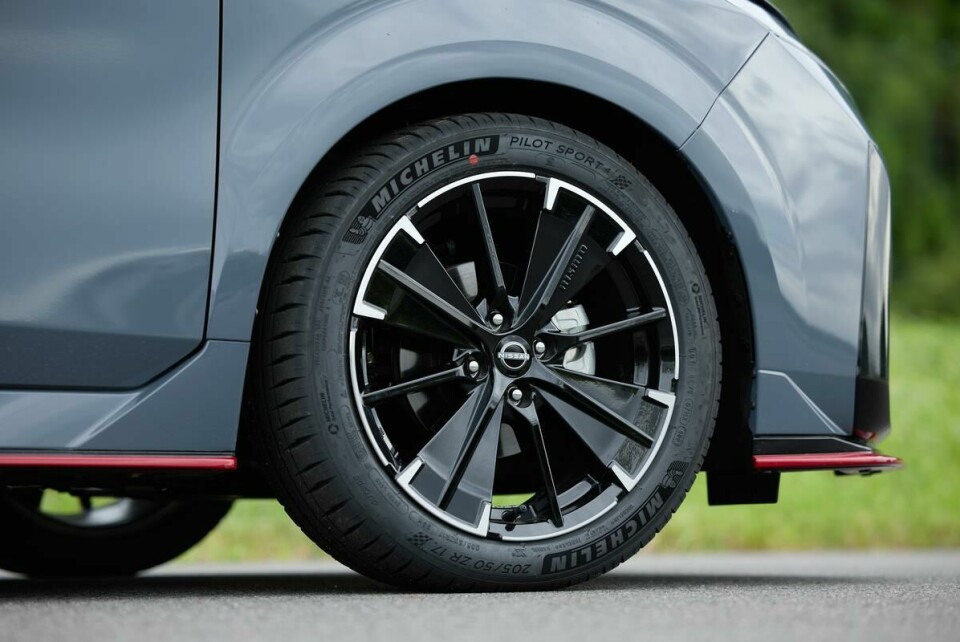
Marcus Roffey, who leads global craftsmanship at Tesla but also runs his own blog on the subject, describes perceived quality as “the impression of excellence that a customer experiences about a product, brand or business, derived through sight, sound, touch and scent…”
He adds: “This is quite separate from actual reliability and robustness, attributes that are vital for a product to be competitive, but not characteristics that will distinguish it as special, or propel it into the ‘premium’ segment.”
During his last five years with Porsche before retiring as a designer, Tony Hatter moved into a new role as head of ‘design quality’ where he oversaw a team that “made sure the design intent made it all the way to the production line across all branches of its design: exterior, interior, colour and trim.”
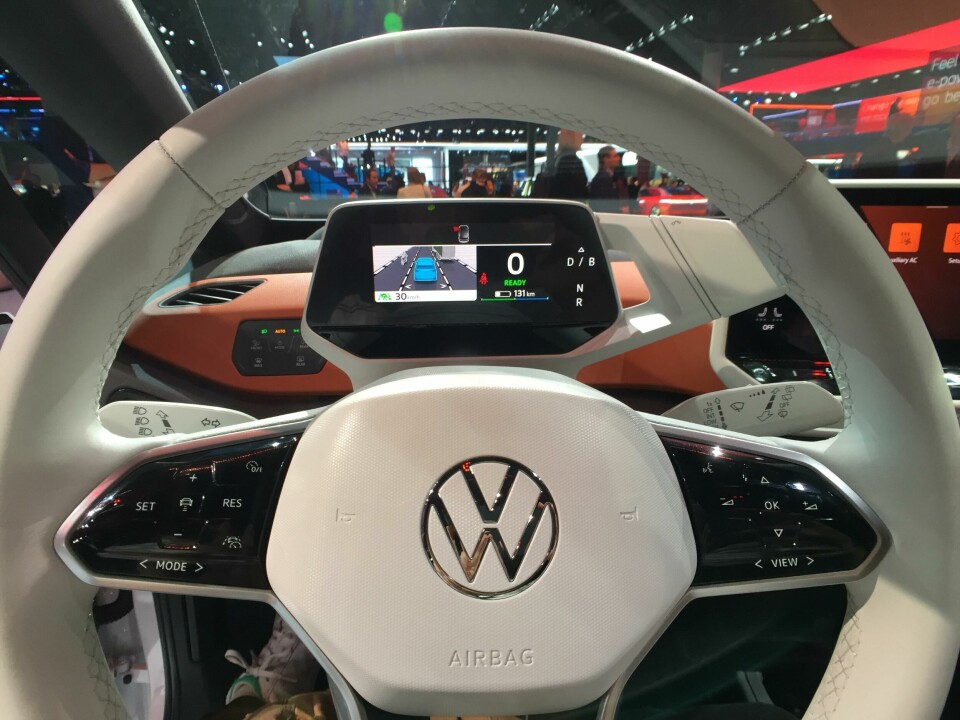
There is undoubtedly more to cover on this topic – the differences between high and low volume brands, start-ups versus legacy OEMs, specific regional preferences and PQ in a world of EV and AV. The contemporary issues surrounding digital cockpits and dodgy touchscreens. We look forward to digging deeper.



